D2.2: CrowdDNA simulator prototype


This deliverable describes the efforts done during Period 1, Period 2 and part of Period 3 in the Work Package 2 of the CrowdDNA project towards developing a new crowd simulator algorithm tailored to model both macro and micro-level crowd characteristics. As a reminder, the overall objective of WP2 is to deliver a new generation of crowd simulation techniques that can predict crowd behaviours at macroscopic scales from numerical models of physical interactions.
To model intensive physical interactions in high-density crowds, we investigate people’s reactive motions under unexpected physical disturbances, such as pushes, and how these reactive motions can propagate through crowds. This kind of propagation, albeit starting from individuals, can lead to amplified turbulence-like motions in high-density crowds and ultimately crushes.
We have parallel research developed in understanding the full-body physics under such disturbances, as well as simplified body physics. The former aims to have detailed modelling techniques in body physics, while the latter aims for scalable simulation that is also learnable from limited data. To this end, two partners UCL/UL and Inria have developed relevant new algorithms. The two lines of approaches focus on different level of granularity of individual behaviours in crowds, and are based on different data types and qualities.
Figure 1 depicts the different components of the proposed methods, in the context of other CrowdDNA partners who led each of the developments.
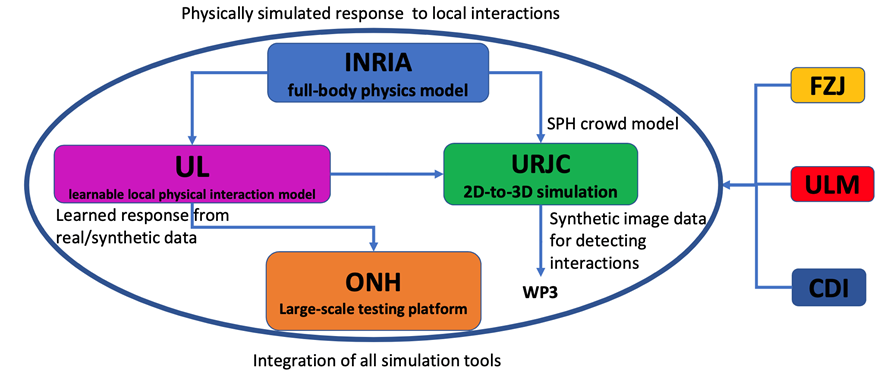
Figure 1. Components of CrowdDNA simulator.
This deliverable describes the efforts done during Period 1, Period 2 and part of Period 3 in the Work Package 2 of the CrowdDNA project towards developing a new crowd simulator algorithm tailored to model both macro and micro-level crowd characteristics. As a reminder, the overall objective of WP2 is to deliver a new generation of crowd simulation techniques that can predict crowd behaviours at macroscopic scales from numerical models of physical interactions.
To model intensive physical interactions in high-density crowds, we investigate people’s reactive motions under unexpected physical disturbances, such as pushes, and how these reactive motions can propagate through crowds. This kind of propagation, albeit starting from individuals, can lead to amplified turbulence-like motions in high-density crowds and ultimately crushes.
We have parallel research developed in understanding the full-body physics under such disturbances, as well as simplified body physics. The former aims to have detailed modelling techniques in body physics, while the latter aims for scalable simulation that is also learnable from limited data. To this end, two partners UCL/UL and Inria have developed relevant new algorithms. The two lines of approaches focus on different level of granularity of individual behaviours in crowds, and are based on different data types and qualities.
Figure 1 depicts the different components of the proposed methods, in the context of other CrowdDNA partners who led each of the developments.
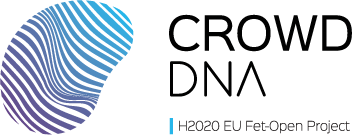

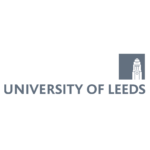

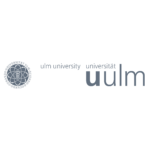
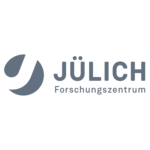


CrowdDNA © 2021. All rights reserved. | Designed by ArtificialIdeas
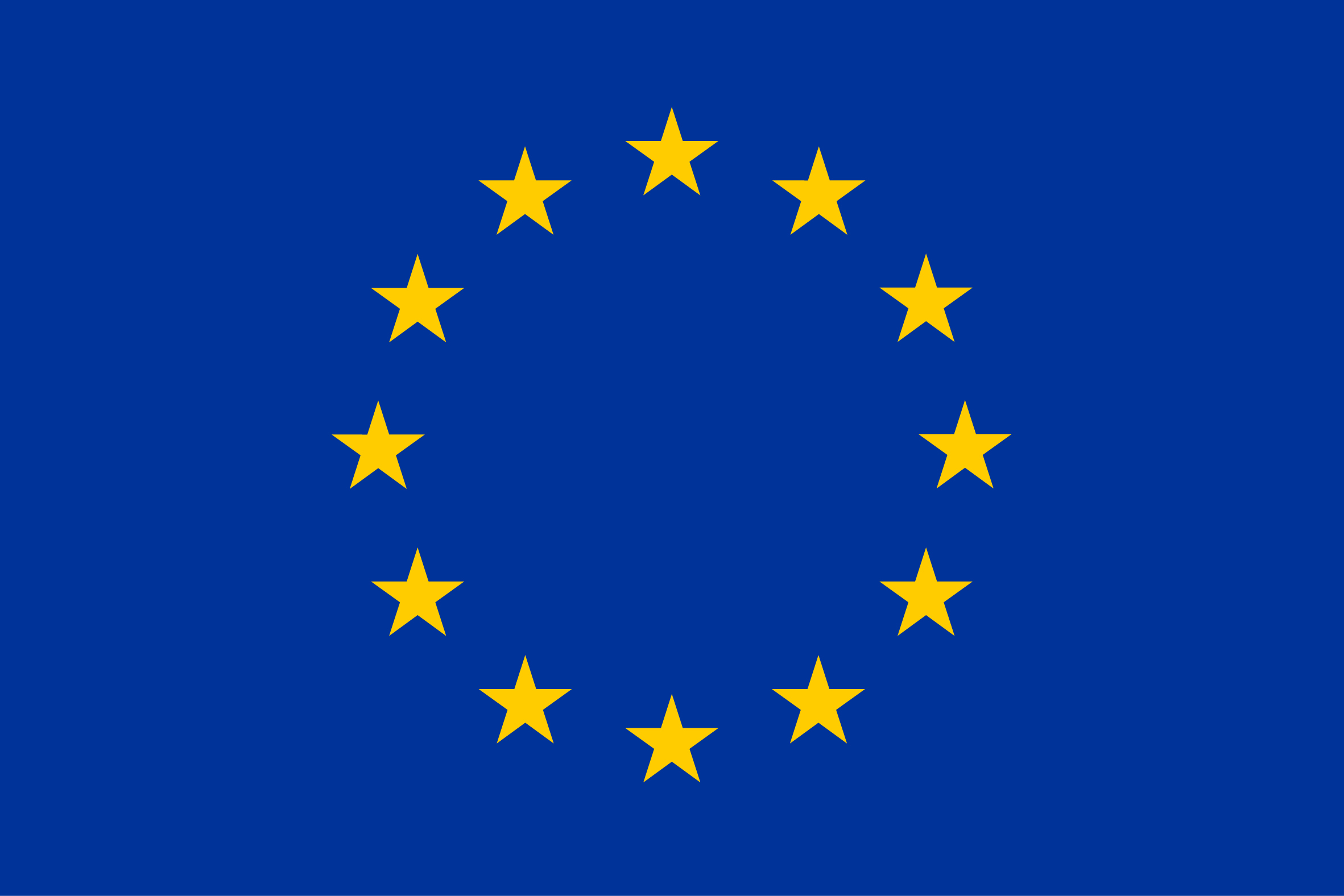
This project has received funding from the European Union’s Horizon 2020 research and innovation program under grant agreement No 899739.
| Cookie | Duration | Description |
|---|---|---|
| cookielawinfo-checkbox-analytics | 11 months | This cookie is set by GDPR Cookie Consent plugin. The cookie is used to store the user consent for the cookies in the category "Analytics". |
| cookielawinfo-checkbox-functional | 11 months | The cookie is set by GDPR cookie consent to record the user consent for the cookies in the category "Functional". |
| cookielawinfo-checkbox-necessary | 11 months | This cookie is set by GDPR Cookie Consent plugin. The cookies is used to store the user consent for the cookies in the category "Necessary". |
| cookielawinfo-checkbox-others | 11 months | This cookie is set by GDPR Cookie Consent plugin. The cookie is used to store the user consent for the cookies in the category "Other. |
| cookielawinfo-checkbox-performance | 11 months | This cookie is set by GDPR Cookie Consent plugin. The cookie is used to store the user consent for the cookies in the category "Performance". |
| viewed_cookie_policy | 11 months | The cookie is set by the GDPR Cookie Consent plugin and is used to store whether or not user has consented to the use of cookies. It does not store any personal data. |